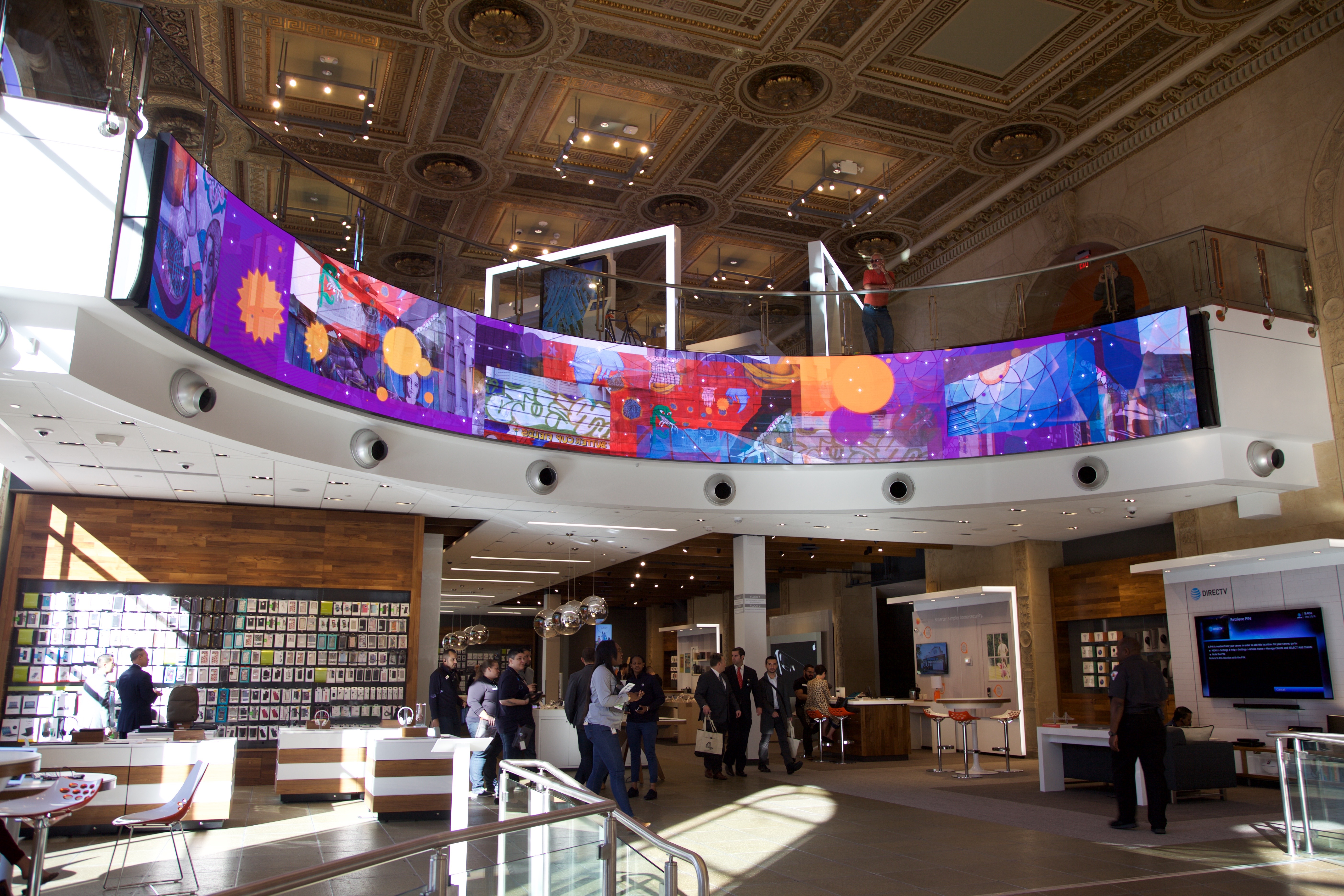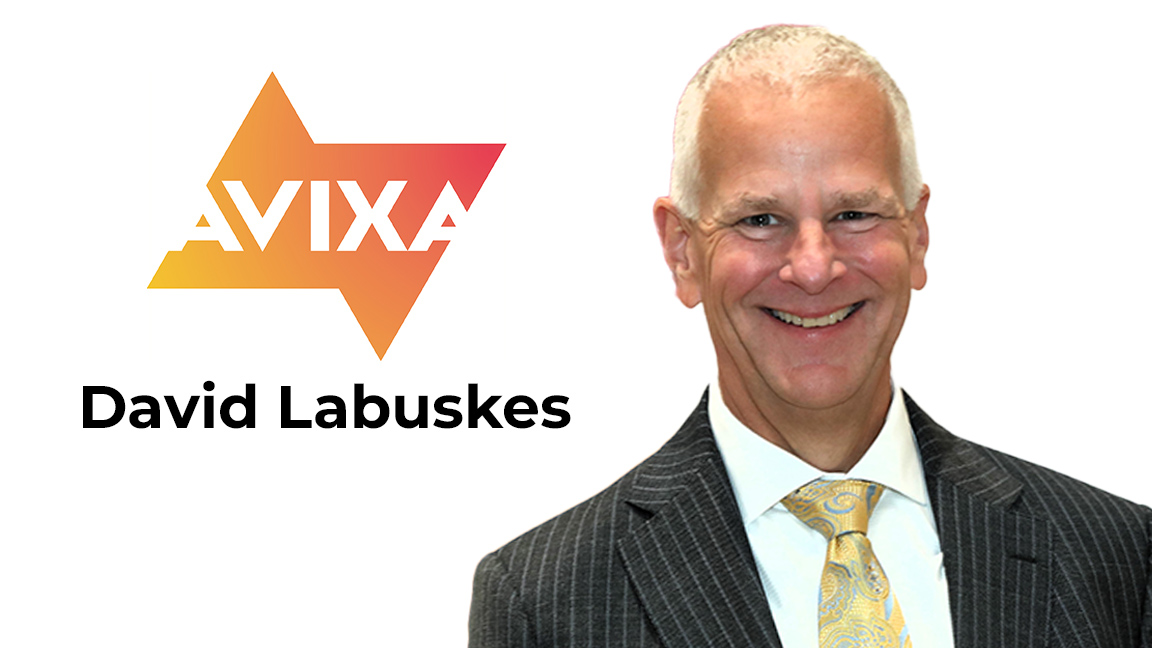Does AV Need Chief Experience Officers?

If you want to learn about positive brand experiences, Holly Golightly’s your gal. Arguably one of Truman Capote’s most memorable characters (unforgettably portrayed by Audrey Hepburn onscreen), the protagonist of Breakfast at Tiffany’s viewed the famous jeweler as a sort of sanctuary—where one goes when one’s got the blues (or, in Holly’s case, the mean reds). It wasn’t just that “nothing very bad could happen to you there,” but when ensconced in the “quietness and proud look of it all,” you were treated like royalty (or at least Holly was). The only thing she could afford there was to engrave a ring from a Crackerjack box; arguably not so profitable for Tiffany’s. Or wasn’t it? After all, Holly couldn’t stop talking about the place, so much so that she was a walking advertisement. It wasn’t just what Tiffany’s sold; it was how Tiffany’s made her feel. For Holly, visiting Tiffany’s was always a great experience.
Back in the real world, it’s been 20 years since Joseph Pine and James Gilmore first published The Experience Economy, now considered a go-to business classic. Back in the day, the authors argued that in order to fight against commoditization, brands would have to engage with their customers through the creation of meaningful experiences. Over the last number of years, this has resulted in an increased focus on customer or user experience (UX), both outward facing (how customers interact with a brand); and internally, in the effort to make employees’ experiences within their own organizations richer, with the goal of boosting productivity, retention, and innovation.
Technology—and AV systems specifically—are playing a role in this, of course. Because of that, AV integrators are finding themselves at the drawing table with experience-focused professionals, be they chief experience officers (CXOs), chief digital officers, chief people officers, chief innovation officers, vice presidents of brand experience… and the list goes on. Which begs the question: do AV integration firms now need their own experience professionals among their ranks?

It would seem so, for some companies, anyway. “The one area that we, as an AV integrator, are involved in most is the building out of customer experience centers and innovation centers,” said Julian Phillips, executive vice president of Whitlock, headquartered in Richmond, VA. “What [our customers] are trying to do is immerse their customers in an experience that tells the whole story about who they are, what their values are, where they’re headed, [and] experiment with innovative new technologies or concepts—they really want to get very intimate with their customers. What they’ve found is by doing that, they get better customers [that are] more engaged, spending more for longer.”
About a year ago, Whitlock rolled out a new department, dubbed “Experience and Innovation.” This venture resulted in the recruitment of business development director Chris Barel, who previously worked at IBM, running IBM’s experience centers. Coupled with this hire was the creation of several partnerships with what Phillips dubbed “storytelling and experience design agencies,” such as Leviathan out of Chicago, IL; Downstream, whose U.S. office is in Portland, OR; and Dersé, headquartered in Milwaukee, WI. Phillips said partnerships like these are paramount to enabling Whitlock to effectively communicate with brand experience professionals at the client level. “It’s really important, going into this space, that you partner with companies that understand experience development—not just the UX side of things, and the software interfaces, and the content management—but [that] actually understand the storytelling and the overall experience design at a deep level,” he said. “That’s the only real way that you’re going to get to the CXO-type decision-makers out there in the market.”
Phillips noted that while Barel and these partnerships have opened doors for his company, they also serve to further develop Whitlock’s skill set. “They’ve helped to educate our own people at the sales level, and also at the technical level, about how to think about solution design and development for these kinds of opportunities in the market,” he said. As the company’s Experience and Innovation initiative proved successful, Whitlock then rolled out Modern Workplace, headed up by business development director Ron Wolfe, formerly of Microsoft. As the title suggests, this effort is focused on developing experiences within the work environments.
Experience design agency MaxMedia, based in Atlanta, GA, works both with CXOs on the client side, as well as AV integrators during the course of a project. Shane Weaver, director of strategy at the firm, noted that in exchanges with AV professionals, his team strives to move the discussion past the nuts and bolts of technology. “When we’re working with a partner of ours on digital signage work, we’re working closely with them to build an experience to help [the client] ultimately sell more product,” he said. “But at the end of the day, we want to enable [the AV firm’s] sales team to speak to what the end user would be experiencing.” It’s important that digital signage is robust, durable, and high resolution, “but I also want to know how that gives [the customer] a positive experience. We’re trying to extend the conversation beyond the product and the specifications into meaningful experiences that would be of concern to the end user.”
A daily selection of the top stories for AV integrators, resellers and consultants. Sign up below.
But before developing experiences for clients and end users, David Polinchock, creative technologist and head of Experiential Advertising Group in Newark, NJ, urges integrators to consider how they’re conveying their own brand—and how that translates into the experiences their own clients have when interfacing with them. “That’s where a chief experience officer comes in. It’s somebody who says, ‘OK, first step: how are we telling our story? What does our space look like?’” he illustrated. He cites a project he worked on, where several companies were competing for the bid. “I hired the vendor—a display house—for [this] project, because when I took a tour of the four or five companies that were bidding on the project, this guy’s shop was meticulously clean—that was part of their story. So I think at the very least, [you could have] somebody who can look at how they are showing themselves when a client comes to them. For me, that’s the beginning of a chief experience officer. What is the experience we’re delivering? And then: how does that resource help when they can look at a project [with fresh] eyes?”
At one time AV companies focused on being one-stop shops that provided everything from design and integration to servicing. Today, Phillips believes that in order to take advantage of the opportunities out there, it’s necessary to develop relationships with outside organizations that specialize in areas that integrators aren’t all that familiar with. “I definitely think that we need to learn how to do partner management, and co-selling, and joint selling, and go-to-market strategies, and that’s something you have to invest in,” he said. It’s also an investment that may not pay off right away. “You have to learn that these people that you bring in are not necessarily prime revenue producers, [but] they help facilitate business. My word of advice is: get used to having to partner and recruit the right skills and give them the runway they need to be successful.”
On-Site Experience
A large portion of an AV integrator’s work involves sending technicians out to service clients. Don Berg, executive vice president at MaxMedia, noted that part of developing good experiences entails making sure that employees are properly trained to deliver them. “When somebody shows up in their truck, how do they greet the [customer]? There are always things that are going to crop up, and they can be frustrating, and that’s the nature of the business,” he said. “But how do you train your employees to be able to deal with those kinds of things as they come up? I think that can be a huge differentiator in the AV industry, and it can also lead to a lot of business.”
Carolyn Heinze is a freelance writer/editor.
Carolyn Heinze has covered everything from AV/IT and business to cowboys and cowgirls ... and the horses they love. She was the Paris contributing editor for the pan-European site Running in Heels, providing news and views on fashion, culture, and the arts for her column, “France in Your Pants.” She has also contributed critiques of foreign cinema and French politics for the politico-literary site, The New Vulgate.
